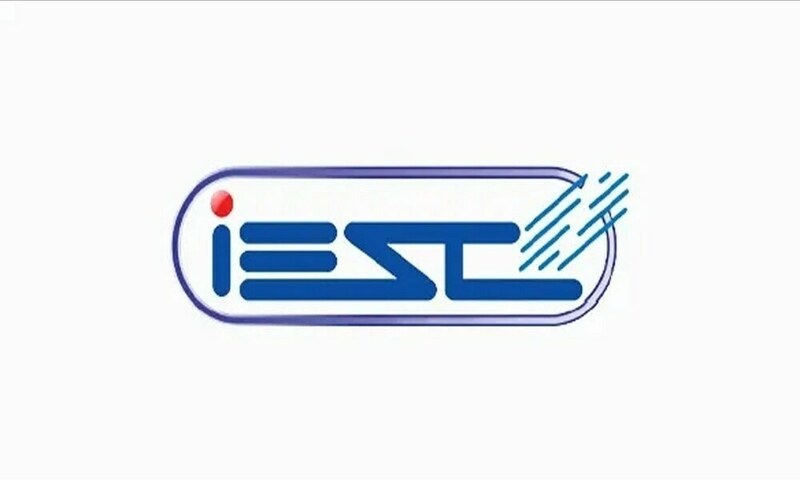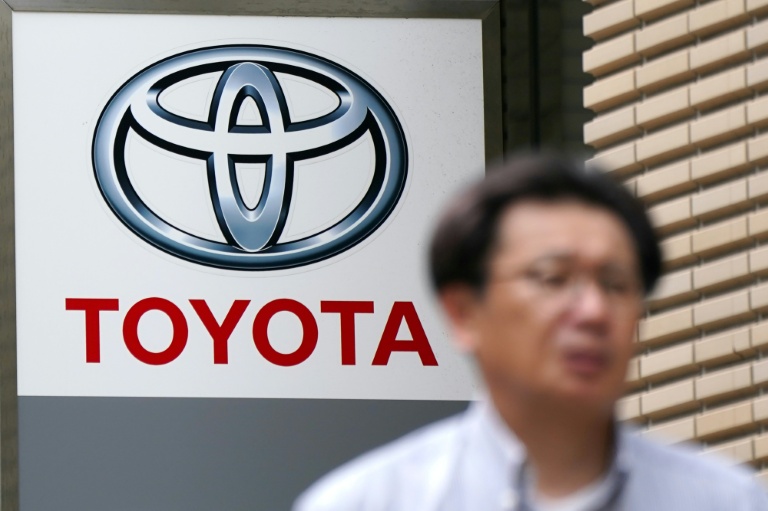Copyright SiliconANGLE News

The next wave of enterprise tech isn’t about bigger models or faster chips — it’s about systems that can think and act across the business. Fueled by artificial intelligence, a new generation of AI agents is breaking down silos between data and decisions, creating a connected, adaptive network of insight. No longer confined to dashboards or chatbots, AI agents are beginning to orchestrate the flow of work itself — integrating data streams, interpreting intent and triggering actions in real time. It’s a shift from automation to autonomy, where AI becomes the connective fabric of modern business, reshaping how enterprises learn, respond and evolve, according to George Gilbert (pictured, right), principal analyst at theCUBE Research. “Just the way the smartphone really accelerated the rise of the cloud, agents are going to accelerate the rise of the digital twin because they’re only useful when they can see across the enterprise,” Gilbert said. “Agents need the four-dimensional dynamic map, that’s what Celonis is. That’s the big picture.” Gilbert spoke with theCUBE’s Savannah Peterson (left) and Rob Strechay (center) at Celosphere 25, during an exclusive broadcast on theCUBE, SiliconANGLE Media’s livestreaming studio. They discussed how AI agents are transforming enterprise integration by connecting data, processes and people through intelligent, end-to-end automation. (* Disclosure below.) AI agents and the future of enterprise integration As digital ecosystems grow more complex, the ability to see end-to-end processes becomes essential. AI agents are pushing that frontier, connecting applications that once operated in isolation and creating a new kind of enterprise intelligence. They thrive when given the complete process view that modern data architectures now make possible, Gilbert explained. “They made this big transition; it was a pretty profound transition,” he noted. “The technical term is object-centric process mining, but that’s where an object like a customer or a sales order can participate in many different processes. That’s crucial for busting out of these silos.” That holistic perspective is what allows enterprises to analyze, design and operate processes in real time rather than simply observe them. It turns passive dashboards into dynamic systems that guide continuous improvement. Process intelligence platforms now serve as the map AI agents depend on to act effectively and autonomously. “I think what you’re both saying really ties tightly together with what George saw on the tech side and how the business metadata and the technical metadata coming together in a way that I don’t see anybody else doing,” Strechay said. AI transforming how enterprises work and trust The evolution of data infrastructure has made this integration more accessible and scalable. Instead of pulling from static databases, AI agents can now interact with hybrid data environments that draw from multiple systems and cloud sources. This change enables real-time operational visibility across the organization, according to Gilbert. “It’s no longer got an on-prem database as its engine, so more scalable, and then it can take data from Databricks or Microsoft Fabric, eventually Snowflake, and it pulls that into the graph,” he said. “It’s now much easier to get your operational data into the graph, but then you can send the data back out.” Beyond the technical architecture, the human dimension remains critical to success. True adoption happens when employees view AI not as a surveillance mechanism but as a partner in achieving outcomes. When teams recognize that agents exist to enhance their work, not replace it, the organizational culture shifts, according to Peterson. “What I’ve found very enlightening in talking to so many of Celonis’ customers is the way that they’ve managed to get cultural buy-in,” she said. “I think that’s part of why this technology is having so much success.” That balance of technology, process and trust is shaping a new model for enterprise work. It blends automation with human insight, empowering teams to innovate and execute more effectively. The convergence of AI agents and process intelligence is turning once-static workflows into living systems that evolve with business goals. “It was in the ’70s and ’80s, there was a big move toward making factories work efficiently end to end,” Gilbert said. “My take on process intelligence is we’re basically building built-to-order assembly lines for knowledge work, and that this is the intelligence.” Here’s the complete video interview, part of SiliconANGLE’s and theCUBE’s coverage of Celosphere 25: (* Disclosure: TheCUBE is a paid media partner for Celosphere 25. Neither Celonis SE, the sponsor of theCUBE’s event coverage, nor other sponsors have editorial control over content on theCUBE or SiliconANGLE.) Photo: SiliconANGLE



